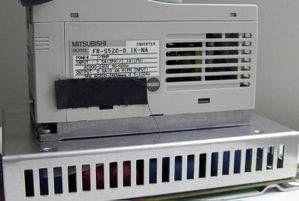Long time lurker here, first post.
I just moved into a new place, and I have a spare closet in one of the bedrooms here that I would like to put to use.
The closet itself is I would guess about 8 ft tall, 6 ft wide, and 2 ft deep.
There aren't any windows nearby.
The only place I could vent exhaust to in this closet is the attic, and I am not sure of where or how I could get fresh air into the closet. Any tips?
I will be using a 400w with MH bulb for veg, HPS for flower. Will a 12 inch fan be sufficient for cooling the light, & providing enough circulation for that space?
I am new to all of this, and just want to make sure I don't screw up.

I just moved into a new place, and I have a spare closet in one of the bedrooms here that I would like to put to use.
The closet itself is I would guess about 8 ft tall, 6 ft wide, and 2 ft deep.
There aren't any windows nearby.
The only place I could vent exhaust to in this closet is the attic, and I am not sure of where or how I could get fresh air into the closet. Any tips?
I will be using a 400w with MH bulb for veg, HPS for flower. Will a 12 inch fan be sufficient for cooling the light, & providing enough circulation for that space?
I am new to all of this, and just want to make sure I don't screw up.

Last edited:



